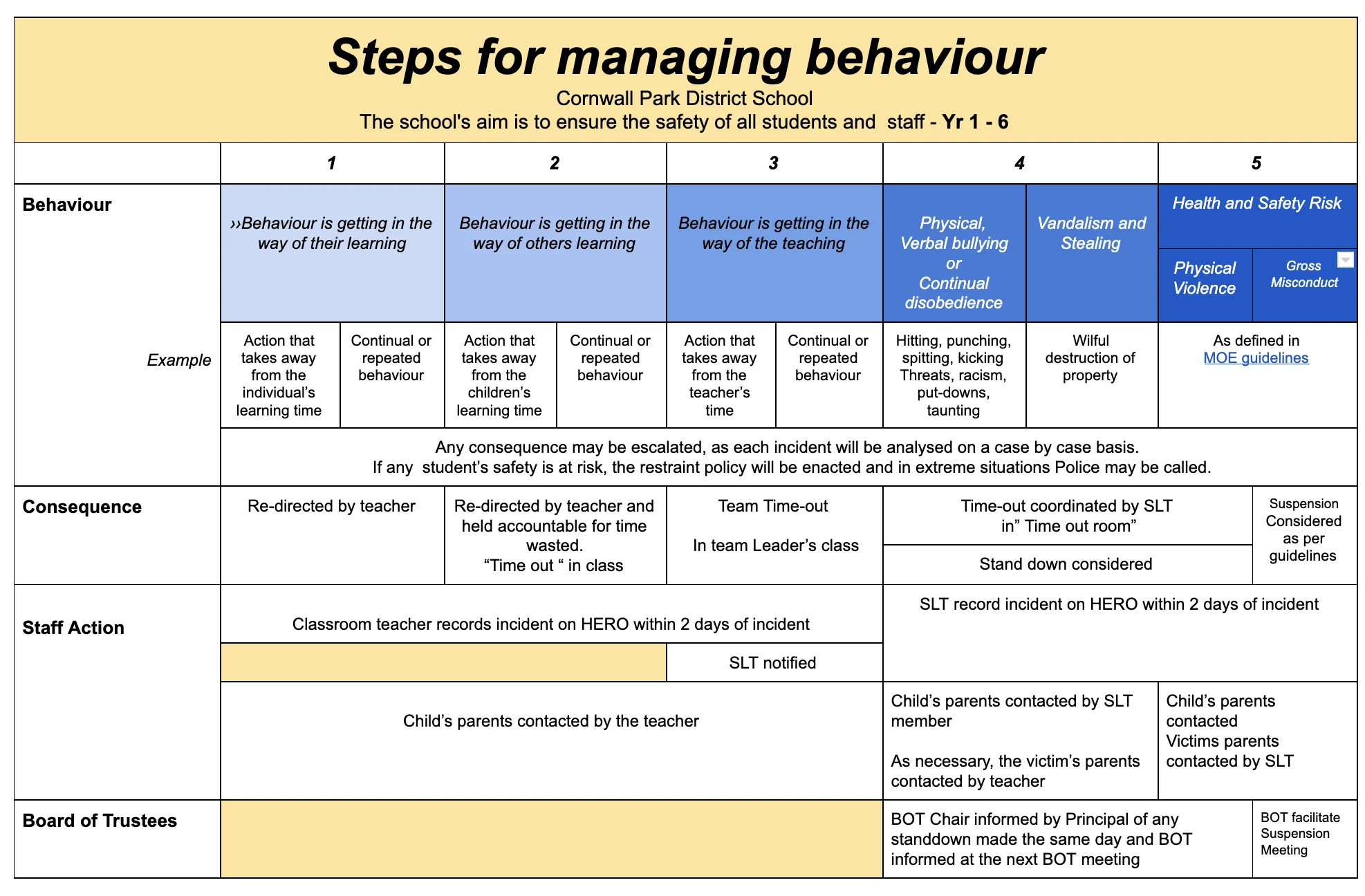
The WITS Programs bring together schools, families and communities to create responsive environments that help elementary school children deal with bullying and peer victimisation.
USING YOUR WITS TO STAND UP TO BULLYING
WITS teaches kids strategies that they can use to deal with teasing or bullying.
Remember that telling is not tattling. If you’re faced with bullying and you walk away to get help, you are helping to make your school and your community a safe and fun place for kids to be!
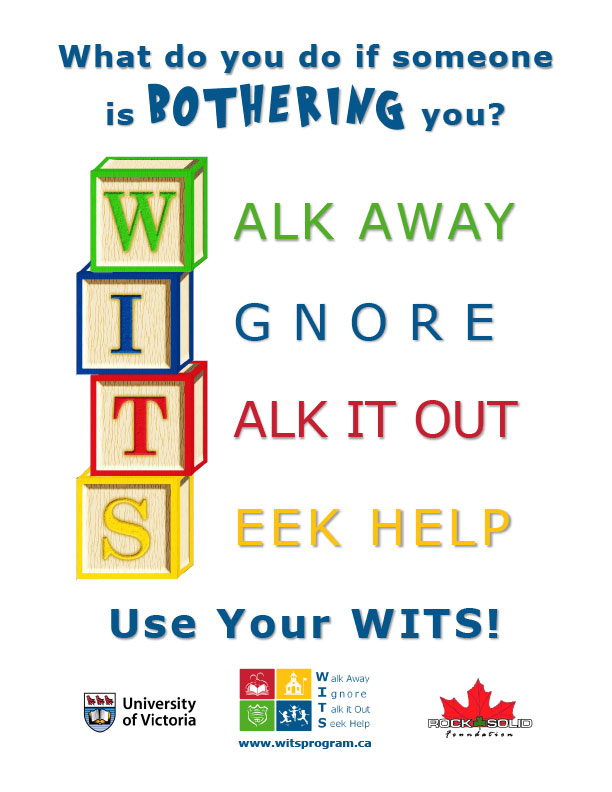

Empathy is our ability to understand and share someone else’s feelings. It is an essential life skill, crucial if children and communities are to thrive. We’re not born with a fixed quantity of empathy – it’s a skill we can learn. Excitingly, research shows that books are a powerful tool to develop it, because in identifying with book characters, children learn to see things from other points of view. As they read, they are building their empathy skills.
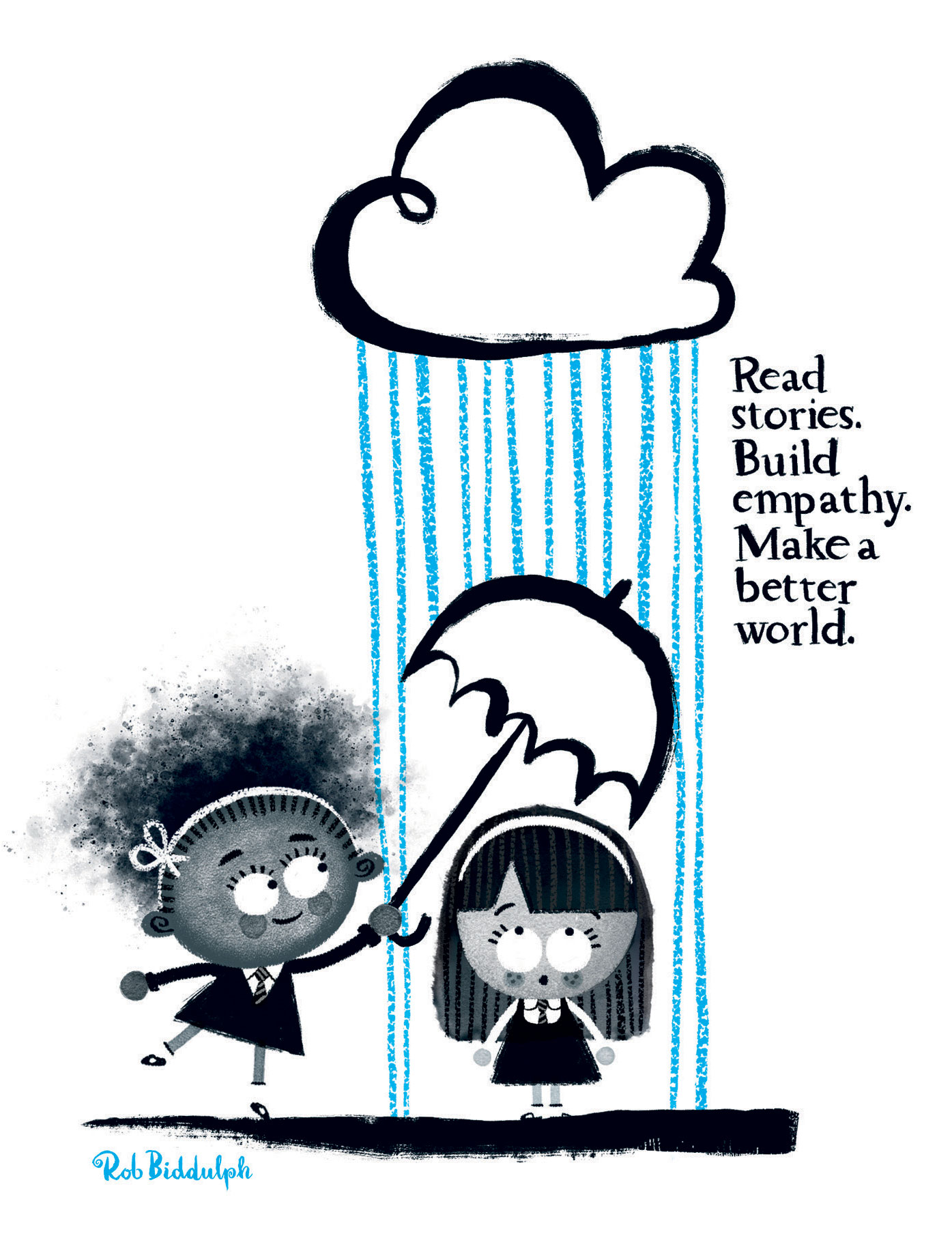
How does empathy work?
Empathy is made up of three main elements.
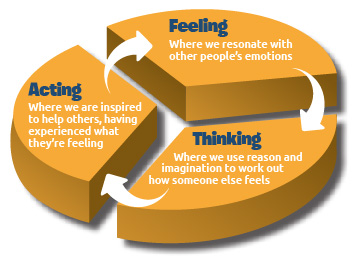
Next Chapter Parenting

Incredible Years Programme

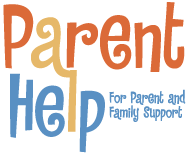
Free Parenting Helpline 0800 568 856
We are here to help parents with all parenting challenges from those everyday situations to the most serious issue of child abuse.

